South America is woven with stories of enchanting wildlife, a continent alive with creatures that appear almost mythical. From dazzling birds to peculiar reptiles, these 12 remarkable animals defy explanation, captivating hearts and igniting the imagination. Let us embark on a journey to discover these incredible wonders that make South America an unparalleled sanctuary of nature.
Pink River Dolphin (Inia geoffrensis)
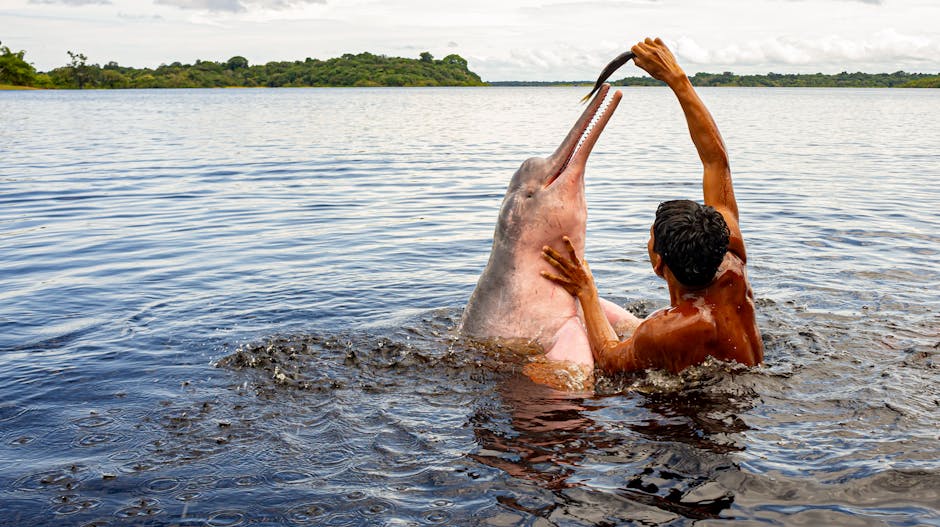
In the tranquil waters of the Amazon Basin, the pink river dolphin stands as a testament to the mysteries of nature. Their striking pink color is not only captivating but also a result of scar tissue, darkening over time due to sun exposure. Unlike oceanic dolphins, these freshwater marvels boast a flexible neck, allowing them to navigate flooded forests effortlessly. It is said that the boto can transform into a handsome man, luring unwary travelers—a tale deeply rooted in local Amazon culture. Observing these dolphins feels akin to stepping into a legend, making them a mesmerizing spectacle.
Glass Frog (Family Centrolenidae)
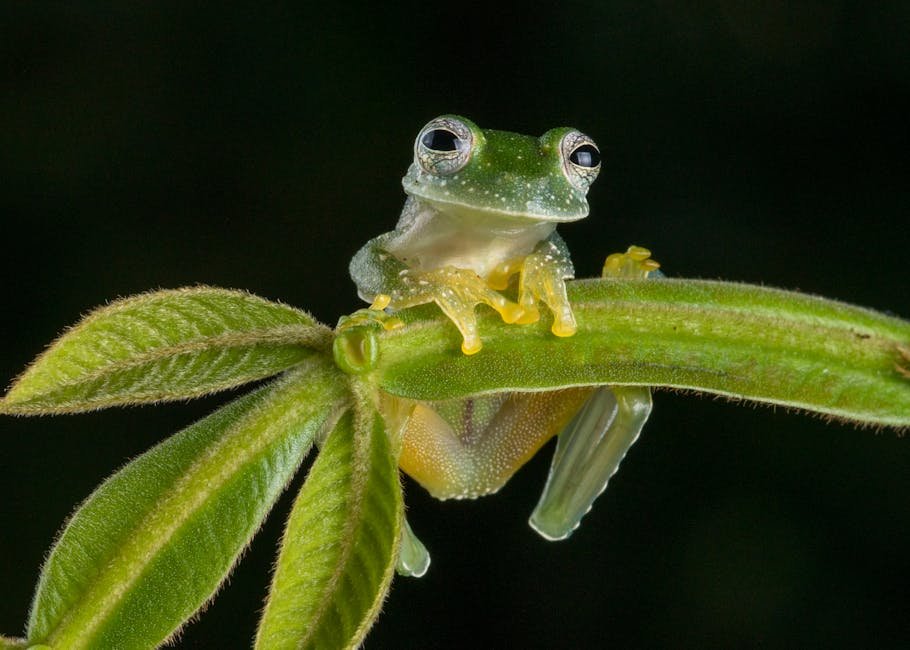
In the layered canopies of South American rainforests lurks a creature that seems plucked from a fairy tale: the glass frog. Named for their transparent skin, these frogs offer onlookers a rare glimpse into their inner workings, including a visible, beating heart. This peculiar feature serves as the perfect disguise, enabling them to blend seamlessly with their environment, evading predators. Their role does not end with survival; males diligently watch over fertilized eggs, ensuring the future of their species. These frogs are more than mere inhabitants—they are the silent guardians of their leafy realms.
Andean Cock-of-the-Rock (Rupicola peruvianus)
With a plumage that rivals the setting sun, the Andean cock-of-the-rock paints the Andean cloud forests with its vibrant hues. Sporting an unmistakable fan-like crest, these birds become living beacons amid the greenery. Their spectacle is most impressive during mating season when males gather in leks to perform their intricate dances. Each movement, each call is a flamboyant dance of colors, an avian ballet meant to woo potential mates. Curiosity turns to admiration upon witnessing their audacious displays; these birds are a vivid symbol of South America’s untamed beauty.
Giant Anteater (Myrmecophaga tridactyla)
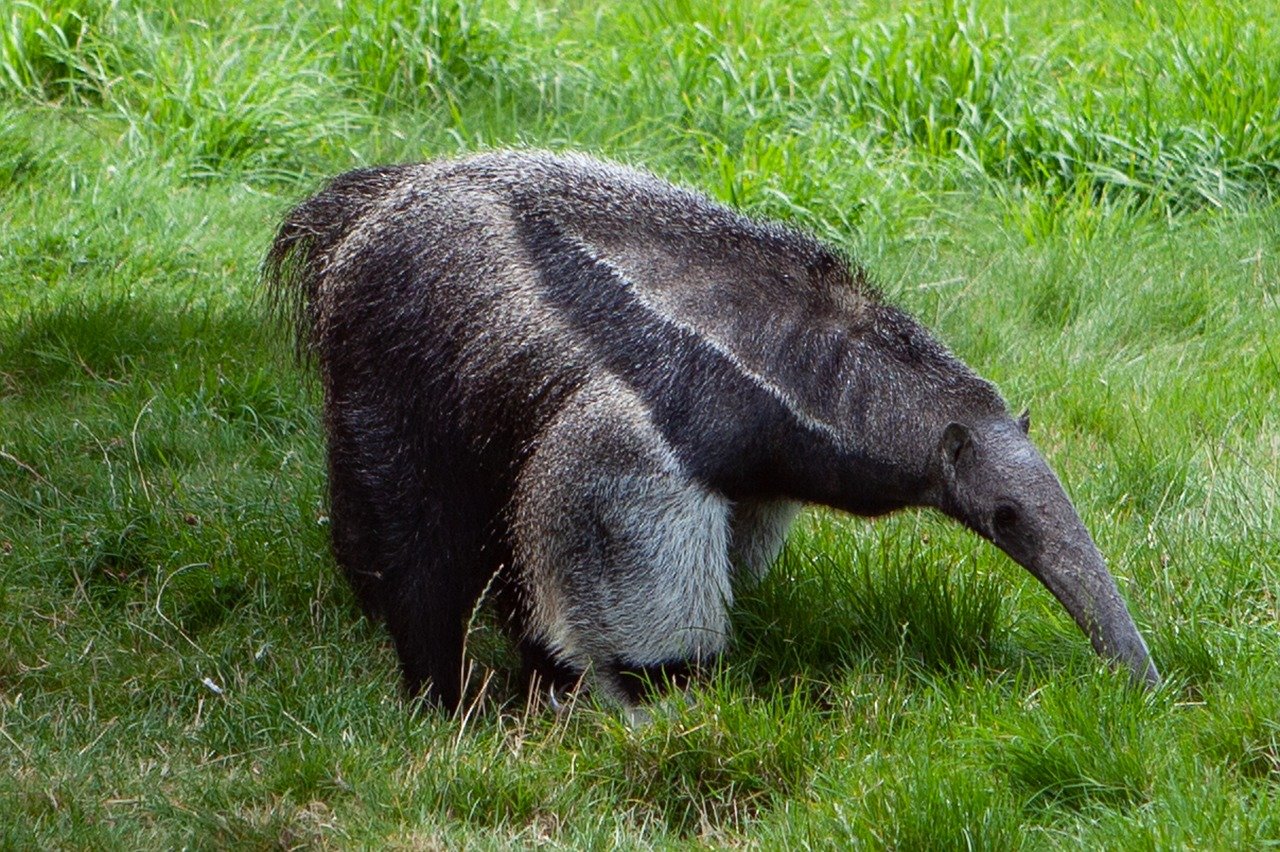
Across South America’s expansive landscapes, the giant anteater roams with a peaceful confidence. Distinguished by its elongated snout and bushy tail, this creature has carved a niche with its peculiar method of gathering food. With no teeth to speak of, it uses a long, sticky tongue to feast on ants and termites—a diet consuming upwards of 30,000 insects a day. The anteater’s formidable claws are tools of both survival and protection, underscoring the uniqueness of this gentle colossus. It walks alone, a solitary wanderer in a world both wild and wondrous.
Harpy Eagle (Harpia harpyja)
Reigning over the canopy of the tropical rainforest is the harpy eagle, an avian powerhouse with a presence as commanding as its wingspan. Up to seven feet in length, this predator takes to the skies with the grace and majesty befitting its reputation. The eagle’s diet consists largely of tree-dwelling animals, captured with precision and strength unfathomable to onlookers. Its fierce visage, complete with a piercing gaze and crested feathers, inspires reverence among local cultures. Here is a bird that embodies strength and mystery, a symbol of the untamed wilderness it calls home.
Capybara (Hydrochoerus hydrochaeris)
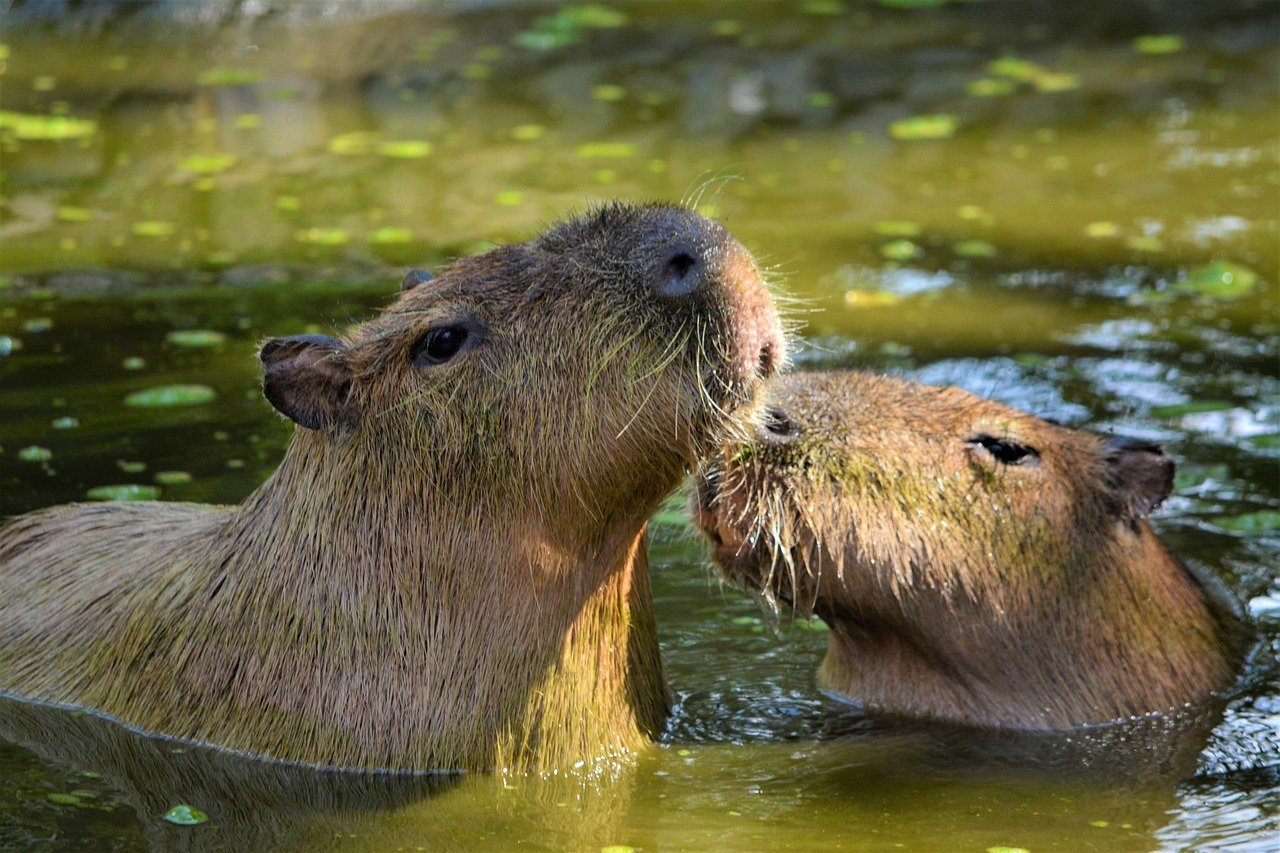
Living up to its title as the world’s largest rodent, the capybara resides tranquilly along South America’s wet forests and riverbanks. With social behaviors akin to cuddly gatherings, these gentle creatures enjoy the company of others, forming sedentary groups near the water. Their semi-aquatic lifestyle relies heavily on their webbed feet, which afford them seamless navigation through aquatic landscapes. Capybaras leave ripples of influence across their ecosystems, affecting the very fabric of their environment—both predator and prey tied to their gentle existence. These gentle giants thrive in communal harmony.
Leafcutter Ants (Tribe Attini)
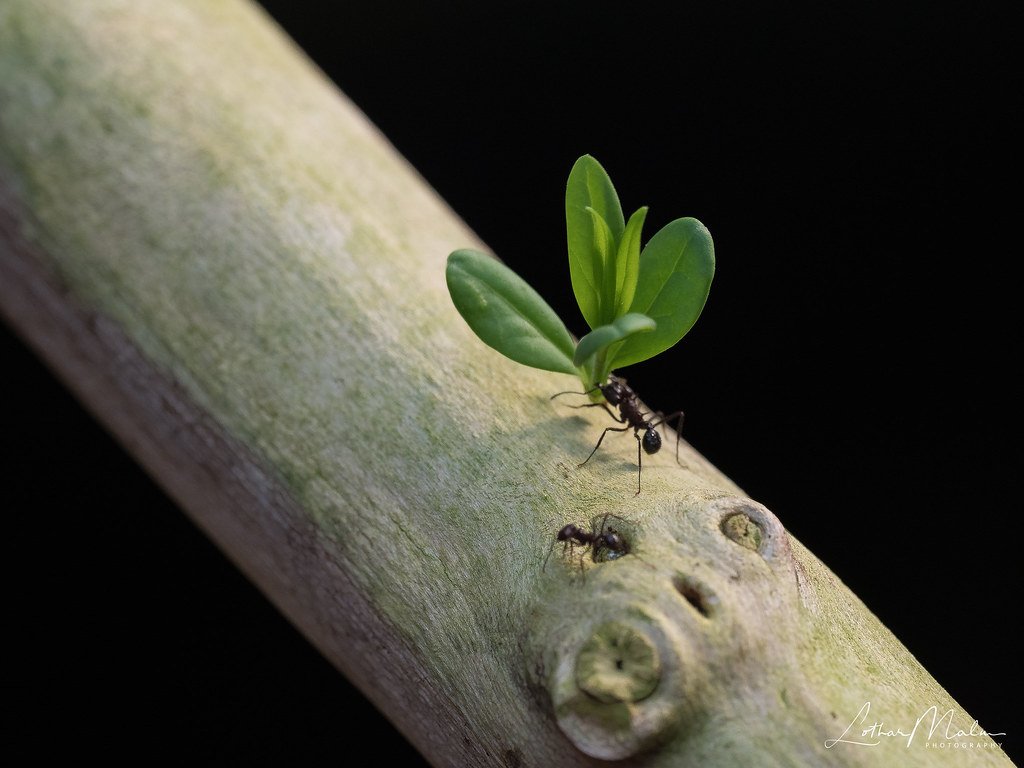
Among the unsung heroes of South America’s ecological narrative are the leafcutter ants—an army as relentless as it is fascinating. Renowned for their industrious spirit, these ants cultivate fungi from harvested leaves, a testament to a sophisticated form of agriculture. Society thrives on division of labor, with roles delegate to achieve communal success. From communication to communal cooperation, they exemplify a microcosm of advanced civilization. With irrefutable industriousness, these ants stand as a testament to the power of nature’s architecture, aptly earning the title of nature’s architects.
Potoo (Family Nyctibiidae)
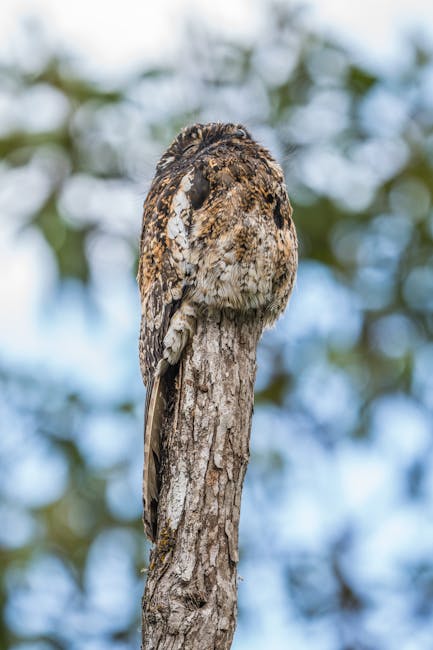
Fabled for their uncanny ability to remain unseen, the potoo birds blend seamlessly into their surroundings, hidden in plain sight. By day, they perch with calculated stillness, their mottled plumage mimicking bark and lichen. As night falls, they become predatory phantoms, gliding silently to snatch unsuspecting insects. Unmatched in their nocturnal vigilance, they captivate folklore with ghostly calls and elusive habits, drawing humanity’s fascination toward their enigmatic presence. Here, mystery nestles amid the very branches they call home.
Maned Wolf (Chrysocyon brachyurus)
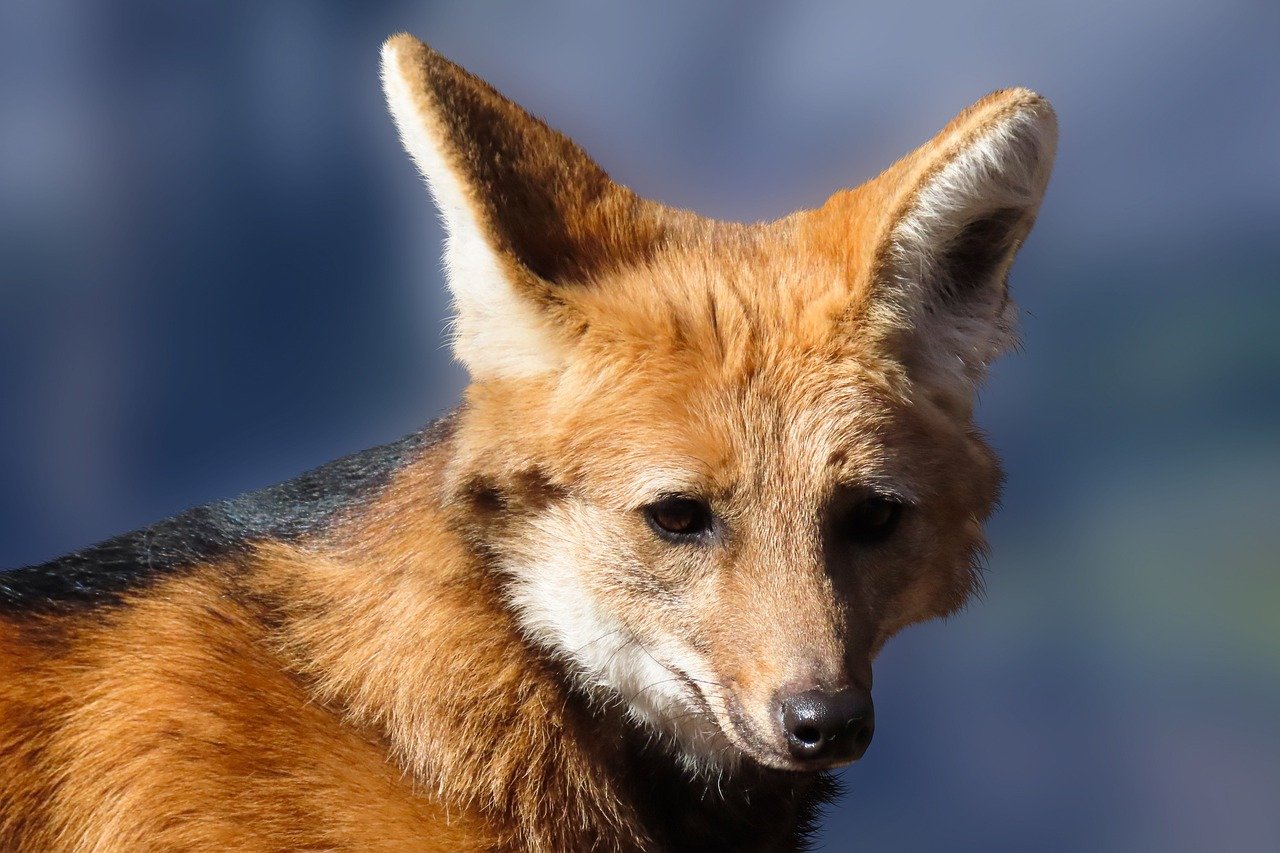
South America’s landscapes are graced by the maned wolf, a creature whose distinctive appearance stirs curiosity and wonder alike. Often likened to a fox on stilts, this long-legged canid stalks the grassy plains with measured grace. Embracing a diet like no other wolf, it consumes fruits and small game, a testament to its adaptability. With its distinctive mane and bold silhouette, it is a tapestry within the continent, an embodiment of life’s uniqueness. The maned wolf remains a symbol of South America’s exquisitely diverse wildlife.
Marine Iguana (Amblyrhynchus cristatus)
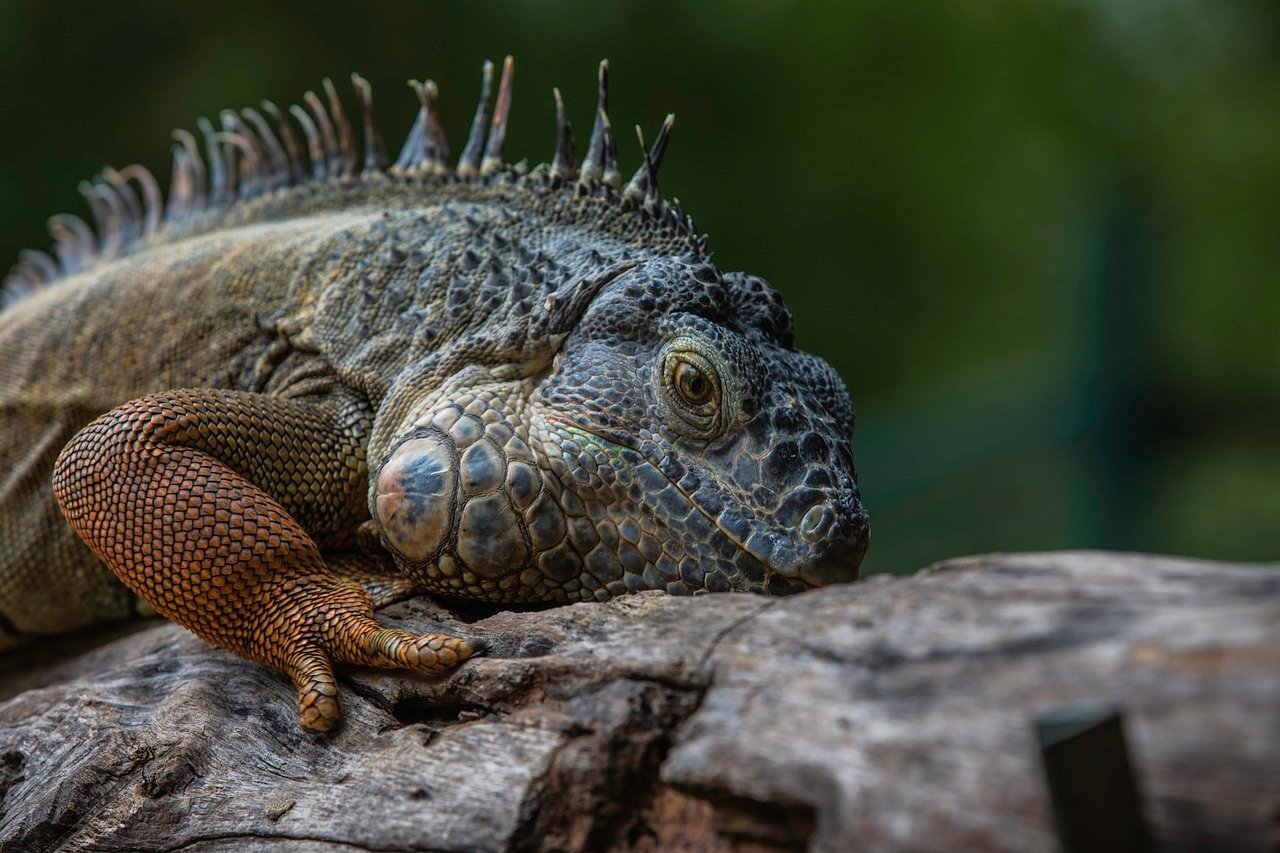
In the Galápagos lie the islands that host the marine iguana—a lizard like no other. Adapted to marine life, the iguana forages for sustenance beneath the waves, an anomaly among its kind. With flattened tails adapted for swimming and salt glands expunging excess sea salt, they master living between worlds. Each dive exemplifies evolution’s triumph—an ancient creature claiming domain over land and sea alike. This iguana stands as living proof of evolution’s creativity, surviving against all odds in its Pacific sanctuary.
Glasswing Butterfly (Greta oto)
In the secluded forests of South America, floats the delicate glasswing butterfly, its wings mirroring the translucence of fine crystal. Deceptively fragile, this transparent marvel finds safety in its invisibility, vanishing amid the leaves. The butterfly’s life journey intrigues as it migrates through jungles, sparking conversations about its wondrous existence. Adorned with only the faintest hints of color, this airborne wonder enchants those lucky enough to catch its fleeting presence. Here, in the canopy above or the petals below, lies nature’s living art.
Hoatzin (Opisthocomus hoazin)
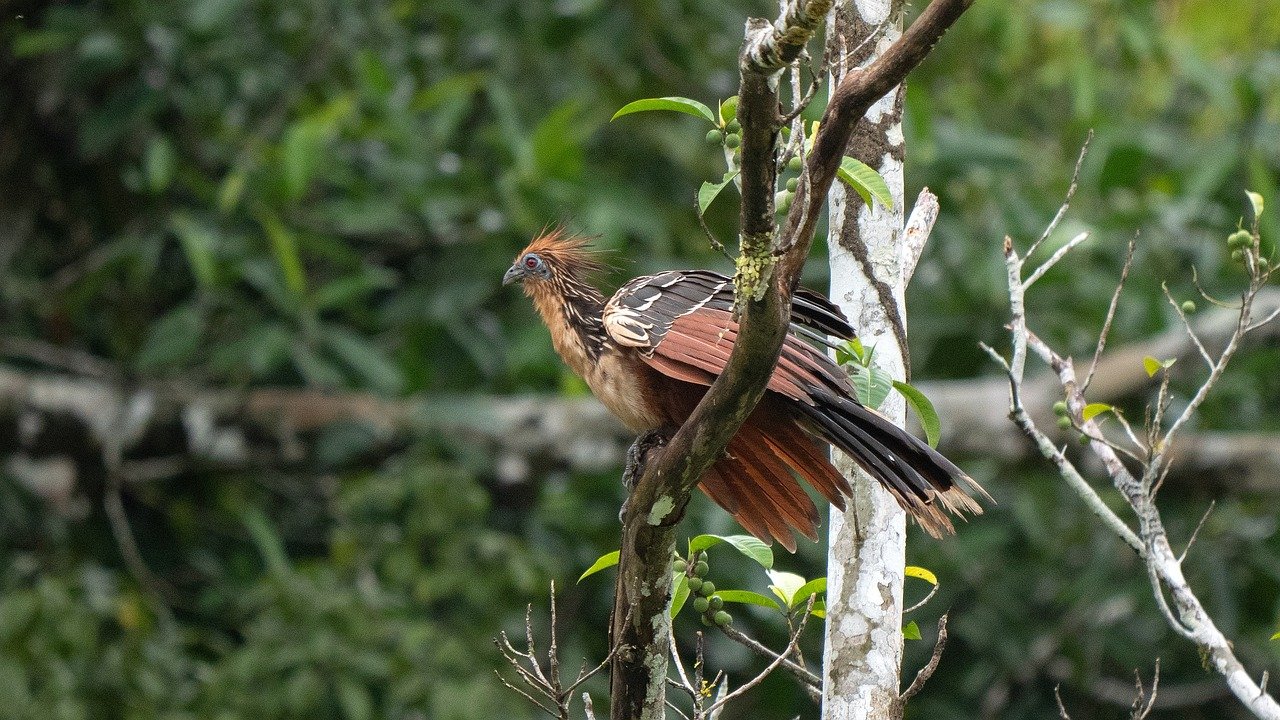
Among the winding waterways and mangroves of South America, the hoatzin roams—a bird whose presence evokes both curiosity and astonishment. Dubbed the “stinkbird” for its distinctive smell, it bears clawed wings reminiscent of ancient avian ancestors. These birds subsist on fermented foliage, crafting a digestive ecosystem all their own. Their vibrant crests and distinct sounds crown them quirky additions to South America’s birdlife tapestry. From bravery to nostalgia, the hoatzin embodies nature’s eclectic beauty, a cherished part of the continent’s ecological symphony.
These twelve species represent the heart and wonder of South America’s wildlife, each contributing to the rich and thriving life tapestry of their habitat. Each creature, a storyteller in its own right, stands as a testament to the magnificence of this vibrant continent.
